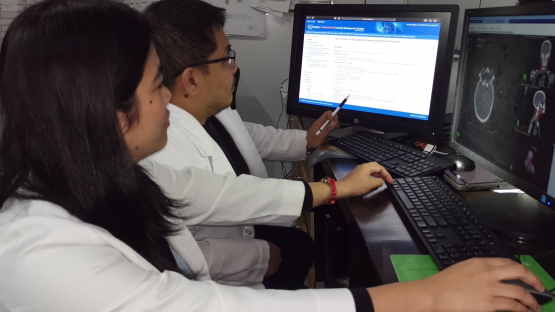Travel restrictions did not put a stop to the IAEA’s training activities this year. On the contrary, more people than ever attended webinars and e-learning courses, now offered exclusively online.
The IAEA provides leading resources for experts, students and the general public on the peaceful use of nuclear science and technology. While the IAEA has been offering webinars and online courses for years, 2020 was a turning point for online engagement, highlighting the value and accessibility of e-learning.
“In order to respond to COVID-19 travel and access restrictions, Pacific Northwest National Laboratory (PNNL) has increased its on-line activities. The IAEA courses were readily available in March, so PNNL was able to quickly pivot to on-line training,” said Steven Maheras, Nuclear Engineer at PNNL in the USA.
In 2020, nearly 11 000 users enrolled in courses via CLP4NET, the IAEA’s Cyber Learning Platform for Network Education and Training. CLP4NET hosts free, instructor-led courses and self-study resources by the IAEA. From specialized modules in medical physics and spent fuel storage to safety standards and nuclear security to ensure the peaceful uses of nuclear applications, “the platform disseminates high-quality resources and facilitates a sustainable learning environment that is accessible around the world and in multiple languages,” said Giorgia Loreti, a training officer, who designs and develops e-learning courses in medical physics to support the application of best practices.
Since the launch of CLP4NET in 2016, more than 40 000 users have enrolled in online courses. The learning platform is home to more than 330 courses, of which 118 were added this year. Read about some of the IAEA’s newest courses of 2020 below.







